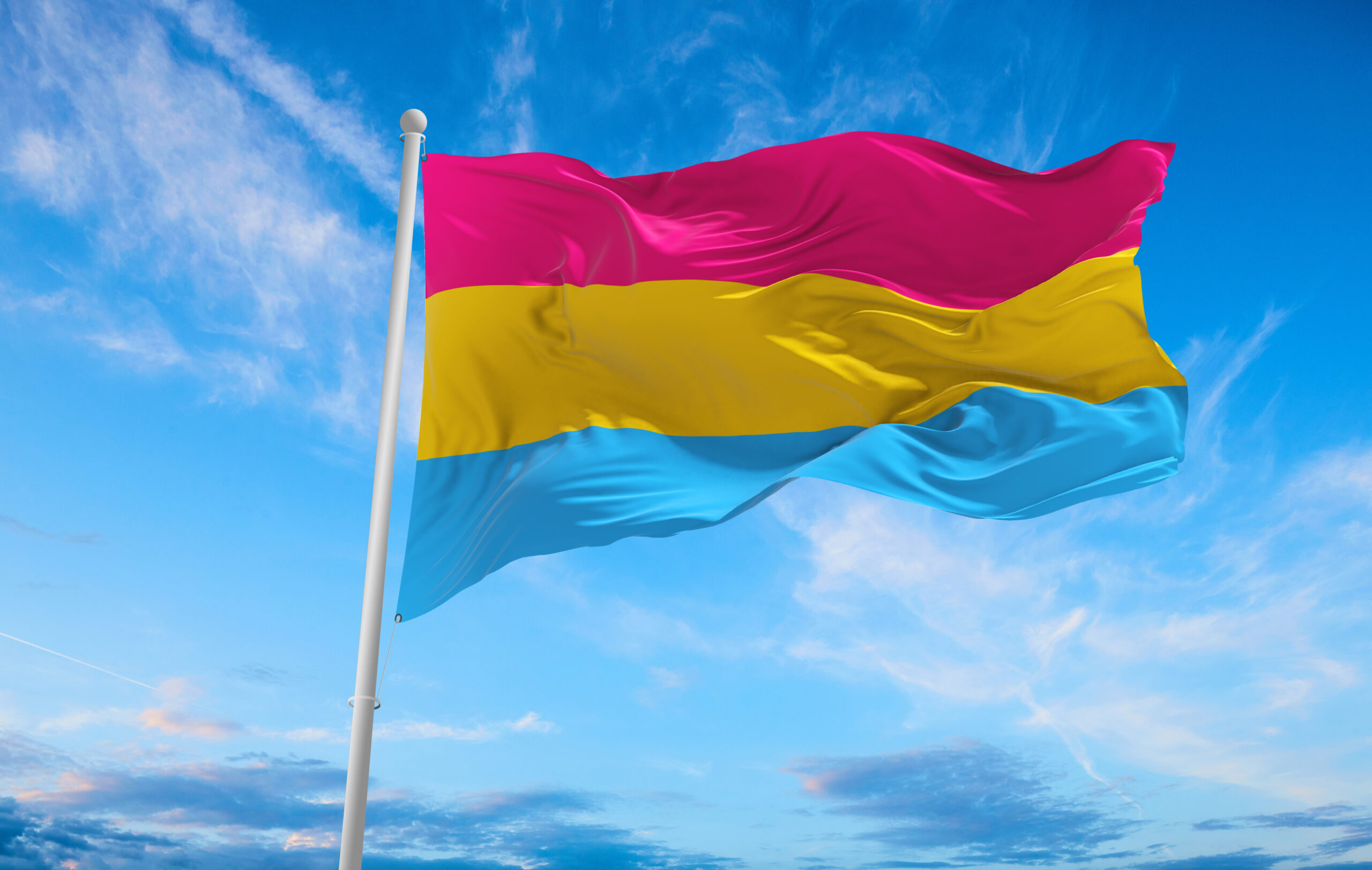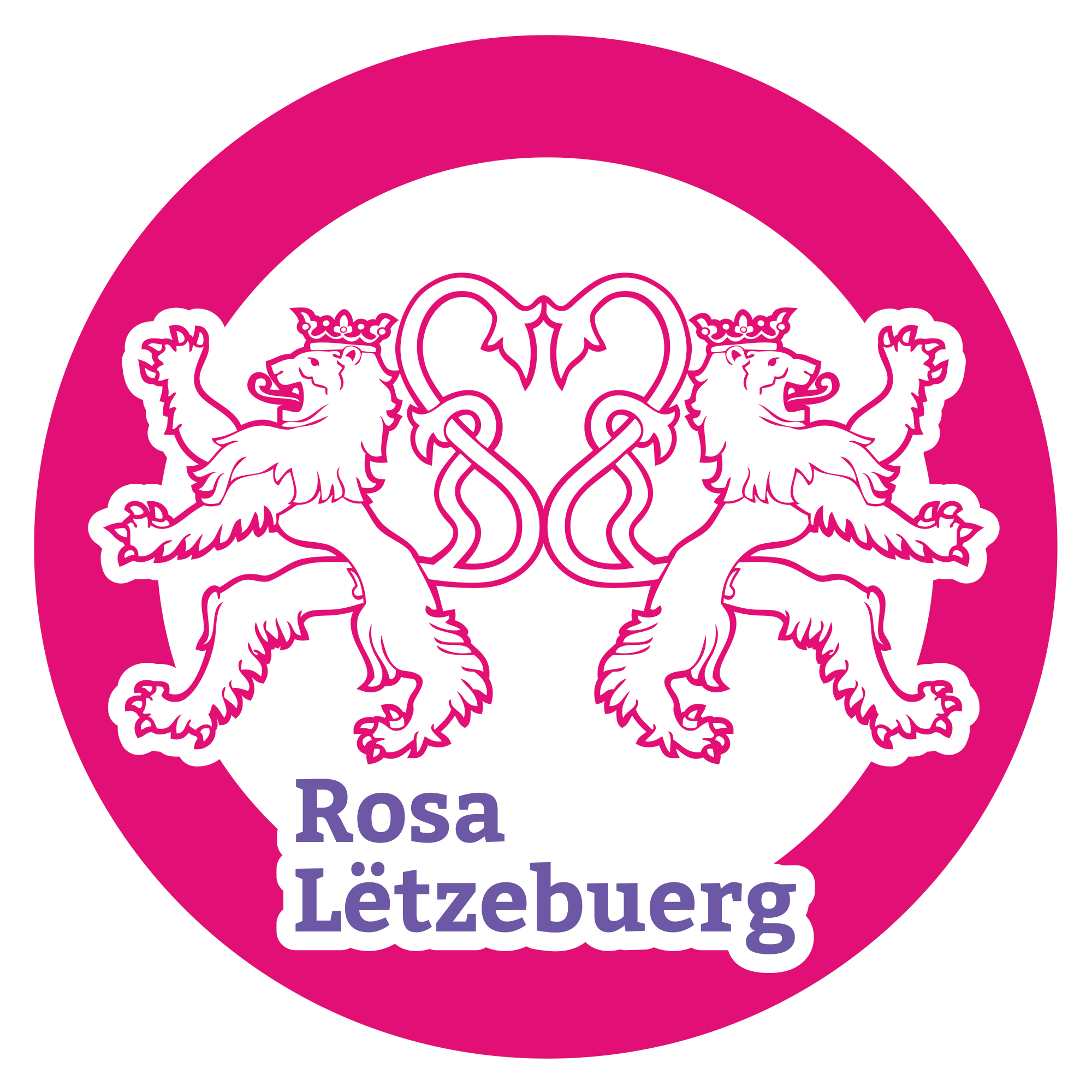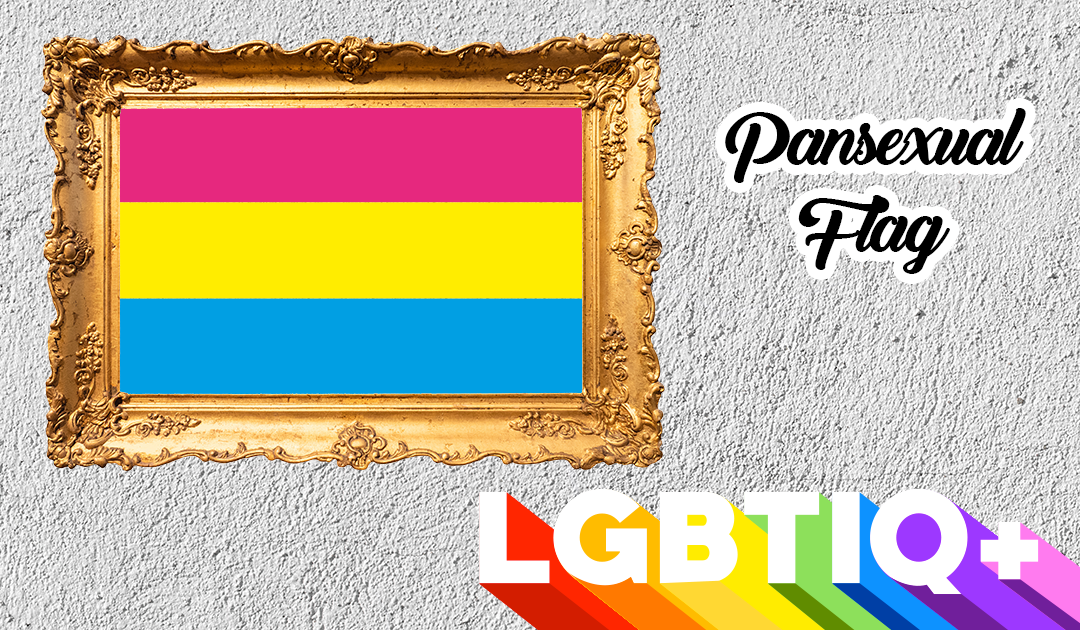The pansexual flag has been widely used since the early 2010s, when it was posted on an anonymous Tumblr account by its creator Jasper V. The flag functions as a symbol of the pansexual community, just as the LGBT flag is used as a symbol for lesbian, gay, bisexual, transgender and all other members of the community. The pansexual pride flag is used to indicate that pansexuals have sexual attraction and relationships with people of different genders and sexualities. The theory of pansexuality aims to challenge existing prejudices that can lead to condemnation, exclusion and severe disruption in society.
The flag consists of three coloured horizontal bars, which – from top to bottom – are magenta, yellow and cyan.
According to some sources, cyan represents attraction to men (or people who are attracted to men), magenta represents attraction to women and yellow represents attraction to non-binary people such as agender, bigender and genderfluid. Other sources state that the colours cyan, magenta and yellow represent people who identify as men, women and non-binary people respectively.

Information:
In Luxembourg, there is actually no such thing as Pride Month. We have a Pride Week that takes place every year in July. Click on Luxembourg Pride to get all the information about it.
You still want to dress up for this year’s Luxembourg Pride? Then check out our shop!
Magenta = attraction to women
Yellow = attraction to non-binary people
Cyan = attraction to men





